| Cephalopholis formosa (Shaw & Nodder
1812), the Bluelined Hind. Indo-west Pacific. To thirteen
inches in length. Often misidentified in the pet fish literature
and sold as C. boenak (nee boenack). Shy at first and
scrappy with other similar-appearing fishes. Images: Aquarium and
Andaman Sea. |
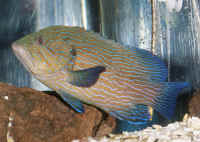 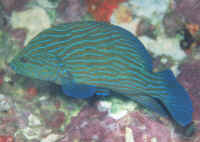
|
Bigger PIX:
The images in this table are linked
to large (desktop size) copies. Click on "framed" images
to go to the larger size. |
|
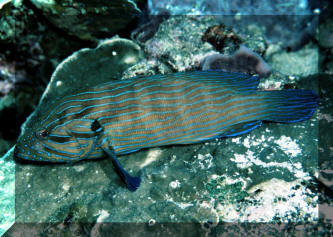
|
| Cephalopholis fulva (Linnaeus 1758), the
Coney. Tropical west Atlantic. To sixteen inches long in the wild,
usually less than half that in captivity. A hardy aquarium species
that comes in three distinct color variations: Overall red
(at right in the Turks) or red above, white below; Brown or Brown
above, white below, and Overall Yellow (xanthic), and changes
between these variations. Three of these color morphs all pictured
below: |
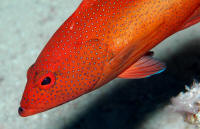
|
| Verticals (Full/Cover
Page Sizes Available) |
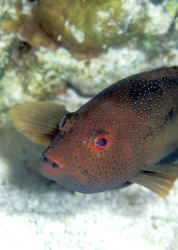
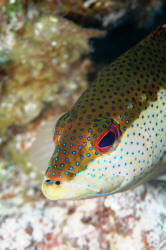 .JPG) |
.JPG) .JPG) .JPG) |
Bigger PIX:
The images in this table are
linked to large (desktop size) copies. Click on "framed"
images to go to the larger size. |
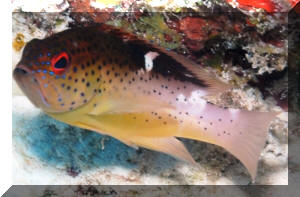
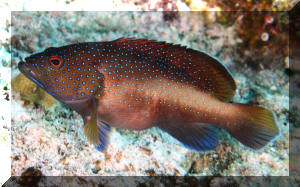
MD.JPG)
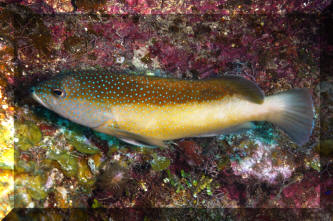 |
| Cephalopholis hemistiktos (Ruppell 1830),
the Yellowfin or Half-Spotted Hind. Western Indian Ocean: Red Sea
to Pakistan. To fourteen inches overall. Brown to Red in color. A
handsome, reclusive species. Pictured, a juvenile (6 inch) and
adult (1 foot) in the Red Sea. The latter, a deeper water, redder
individual. |
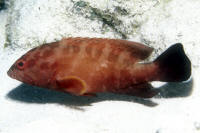 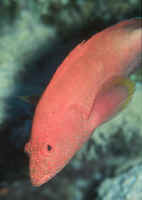
|
| Cephalopholis igashiensis Katayama 1957, the
Garish Hind. E. to Mid-Pacific; deeper water... usually 80
plus meters. To 16 inches in the wild. An expensive, gorgeous
species. Juvenile of five inches at right, a ten incher below. |
%20MD.jpg) |
Bigger PIX:
The images in this table are linked to large (desktop size) copies.
Click on "framed" images to go to the larger size. |
|
%20MD.jpg)
|
Bigger PIX:
The images in this table are linked to large (desktop size) copies. Click on
"framed" images to go to the larger size. |
%20MD.JPG) MD.JPG) 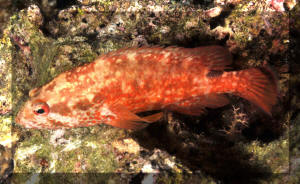 |
part I,
part III
|
|

